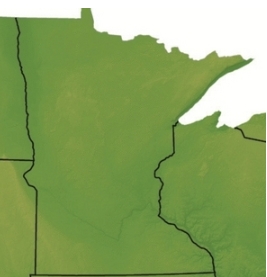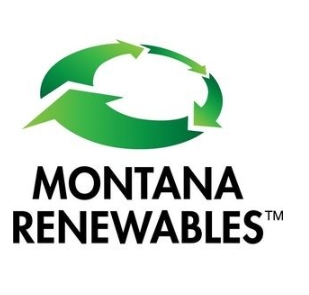
The Rogun HPP is a key part of Tajikistan’s renewable energy strategy. It is expected to play a vital role in meeting the country’s energy needs and exporting electricity to neighboring countries. The project is expected to have a significant impact on the broader Central Asian region.
“Tajikistan has enormous hydro energy potential and tapping into this natural wealth will strengthen energy security, independence and export capacities,” said OPEC Fund President Abdulhamid Alkhalifa. “The Rogun HPP is not only a monumental engineering project but also a crucial step in securing Tajikistan’s energy future. The OPEC Fund is committed to supporting sustainable energy solutions that contribute to local and regional development.”
Tajikistan’s Finance Minister, Fayziddin Sattor Qahhorzoda, emphasized the importance of the project, stating: “The Rogun Hydropower Plant plays a crucial role in Tajikistan’s growth and the region’s shift towards green energy. It tackles power shortages and expands renewable energy access in rural areas, establishing Tajikistan as a prominent contributor to clean energy exports.”
The Rogun HPP will feature the tallest dam in the world at 335m and will have a total generation capacity of 3,780MW. It is designed to generate electricity, regulate water flow, and reduce the risk of floods and droughts. The facility is expected to help meet Tajikistan’s domestic energy demands and supply electricity for export, while promoting renewable energy use and reducing carbon emissions.
The $25 million loan follows a Framework Financing Memorandum signed between the OPEC Fund and Tajikistan in June 2024 for the $100 million financing facility. The OPEC Fund has previously supported 18 public sector projects in Tajikistan, including those in transportation, healthcare, and education, reflecting an expanding cooperation between the two parties.
The OPEC Fund is a development institution that finances projects in non-member countries, focusing on economic growth and social progress in low- and middle-income nations. Established in 1976, the Fund has committed around $27 billion to projects in more than 125 countries.







